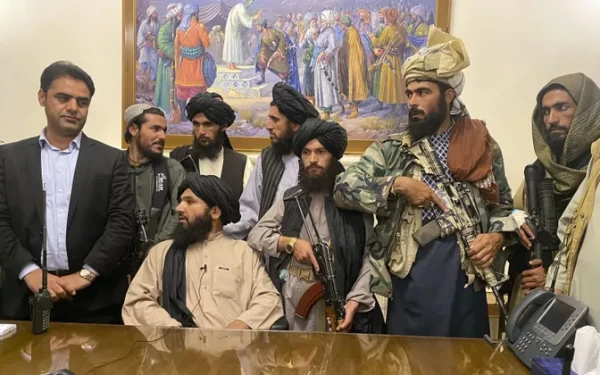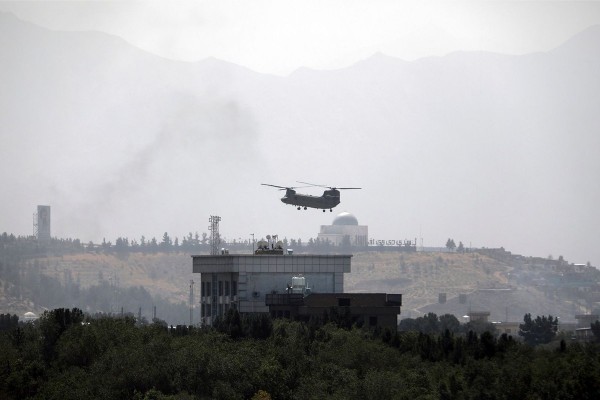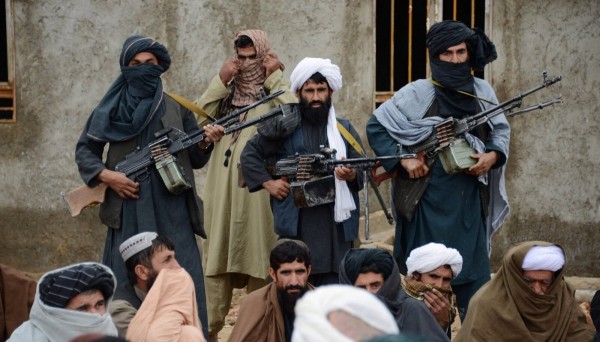At the roundtable, which followed a briefing to the Military Committee on 27 September, LtGen Caldwell insisted on the need for additional specialized trainers to speed up the build-up of self-sufficient and self-sustaining Afghan security forces in time for transition to Afghan lead, scheduled to start in 2011.
”We have made tremendous progress since NTM-A was created last November,” LtGen Caldwell said. Thanks to the all-out efforts of ISAF troop-contributing nations, the number of NTM-A trainers has tripled – up to 3 500 personnel – in only ten months. This notably permitted a reversal of a persisting inconsistency in overall Afghan National Army (ANA) and Afghan National Police (ANP) growth trends, leading both forces to exceed their 2010 growth a full three months ahead of schedule.
ANA and ANP development is now ”at a critical stage”, LtGen Caldwell added, where priority is no longer about “generating quantity but quality”. “We must professionalize the force… so that it can generate, equip and sustain itself to serve and protect its people,” he explained.
Of the 15 priority capability requirements that have been identified for the months to come, police, aircraft and medical training stand as the three most critical focus areas. “We need the right trainers with the right skill set,” LtGen Caldwell said, “so that we can sustain the momentum… and help the Afghans make a difference in their country.”
Leader development, literacy and attrition are NTM-A’s main challenges. The increase in institutional trainers requested by LtGen Caldwell would help address these challenges and further professionalize the ANA and ANP. However, any delay in providing the necessary resources by May 2011 would inevitably “delay the transition process within the timelines set”.
“Developing Afghan security forces is transition,” LtGen Caldwell concluded.
(NATO Press release)
Advertisement / Reklaam
Advertisement / Reklaam





